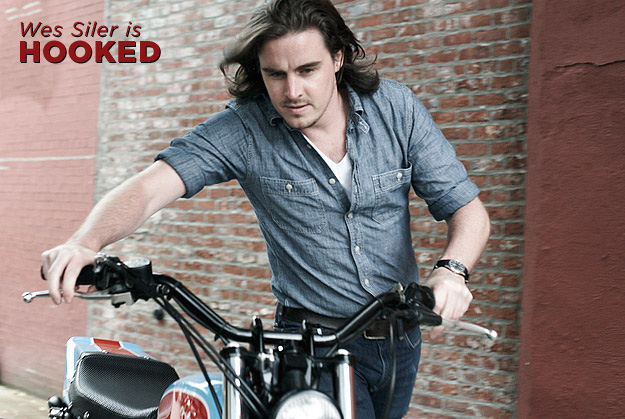
Wes Siler is the 29-year-old editor of the New York-based website Hell For Leather. With the help of co-founder and photographer Grant Ray, Wes provides an edgy alternative to the formulaic bike reviews and conventional wisdom dished up by the mainstream motorcycle magazines. “It means going fast; it means breaking rules; it means doing things people tell us we can’t. It means riding motorcycles.”
What was the first motorcycle you bought with your own money? A bright yellow Honda Hornet 600. I think I was 19 and still on a restricted license—this was in England—so the dealership installed a kit that took it down to 33bhp. As soon as I got home, having dropped it at a stop light on the way, I got out my dad’s tools and pulled the restrictors off. Back out on the road, I gave it full throttle, the carbs cleared their throats I got to experience what 90bhp or so felt like. I never realized a vehicle could go that fast. I was hooked for life.
What do you think is the most beautiful production motorcycle ever built? I’m a sucker for bikes from the late ’80s and early ’90s and the pinnacle of motorcycle design at that point was the first gen Fireblade (below). That was the second bike I ever bought with my own money. I realize it’s not traditionally beautiful, certainly not like most bikes featured on EXIF, but there’s a certain simplicity of purpose and honesty that really speaks to my inner teenager. That huge frame, braced swingarm and the dual headlights just evoke engineering purpose and, to top it all off, it’s got speed holes!
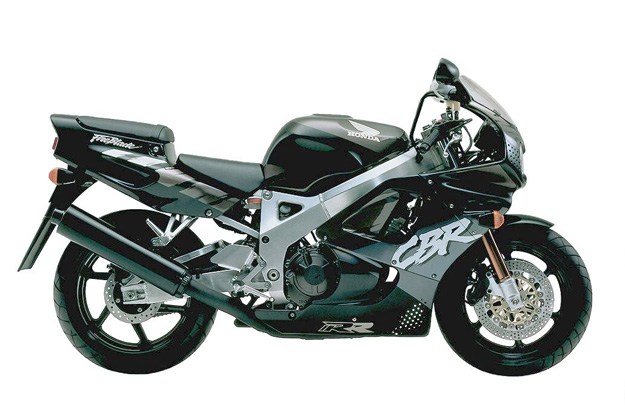
What motorcycle do you despise? It’s no secret that I utterly loathe cruisers, they’re just everything that’s wrong with the world summed up in two wheels. No specific brand, if they’ve got forward controls, too much chrome and an inverse relationship between power and engine size, then they’re all the same in my book. A couple years ago I broke my arm crashing a supermoto and couldn’t ride for about six months. The first bike I got back on was a Star (Yamaha) Stratoliner and within the first hundred yards I’d unsuccessfully tried to go around a corner at the posted safe speed and ended up bouncing four lanes over as the entire right side grounded out. Luckily this was in LA and the road was about eight lanes wide. I then had to ride that bike 700 miles out to Moab in Utah and every minute of it was pure torture. It didn’t go, didn’t brake, wasn’t comfortable and couldn’t manage more than 100 miles between fill ups. This was a problem as it was 110 miles between gas stations and there weren’t bungee points to strap on a jerry can.
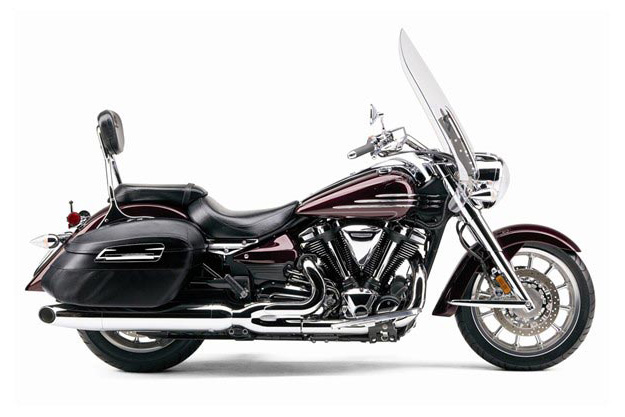
What is your idea of perfect happiness? I haven’t found it yet, but when I do it will probably involve somewhere far away and warm, a fast bike and my beautiful girlfriend Vanessa. The more challenging and dangerous it is the better, somehow I always feel like I’m wasting away if I’m not risking my life.
Electric motorcycles: Yes or No? An emphatic yes, but you probably know already that I’m their biggest supporter. I do spend a lot of time outdoors, so I’m into the idea of protecting the environment, but that’s not the reason I’m into them. At 29 years old, electricity is making motorcycles relevant to the outside world for the first time in my life. If our dangerous, socially irresponsible, often illegal passion is going to survive then it can’t just matter to a bunch of misanthropic gearheads, it has to matter to everyone else too. Electric power works so much better on bikes than it does in cars that this is our big opportunity to take motorcycles mainstream.
What is your favorite journey? My buddy Grant and I just got back from a two-week ride through Labrador (below). You probably don’t know where that is, and that’s the point. We were told at one point during the trip that we’d be welcome to speed down the dirt road at 100mph while drunk, helmetless and shooting at anything that moved. We didn’t of course, at least not the drunk part, but the point that we could was we were free to do what we wanted. That’s the gist of any two-wheeled experience—freedom—and we found it. Plus, we saw humpback whales jumping in the ocean, orcas hunting and, a first for both of us, the northern lights.
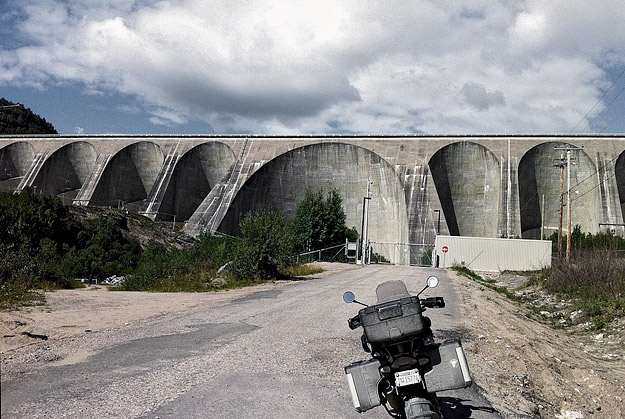
Which ‘everyday’ modern bikes do you think will become future classics? The equivalent of the Honda CB750 or Moto Guzzi V7 Sport, if you like? That’s the question, isn’t it? Can a bike really become a future classic if all it achieves is a kilo or two less, a horsepower or two more and maybe some fancier traction control than its near-identical rivals? Any time a manufacturer tries to achieve some sense of timelessness, they shamelessly rehash the same old retro design theme, just with poor performance and too much weight. Where’s the innovation? Where’s the unique thinking? I really wish JT Nesbitt (below) would start designing motorcycles again, sadly I don’t think that’s going to happen. Having said that, I’ve been telling people that air-cooled Buells are really going to be remembered well in ten years time. Utterly unique, almost too much character and a story so tragic it’s made grown men cry. American innovation at its best and also at its most thwarted by corporate greed. They’re truly special motorcycles that never quite reached their potential. Buy them now, they’re ridiculously cheap.
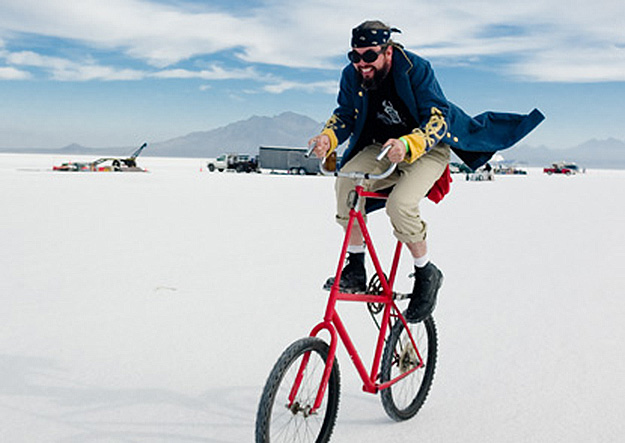
Who are your real-life motorcycling heroes? He’s going to hold this over my head for the rest of my life, but I’d be lying if I didn’t say Michael Czysz (below). He gave up a successful career as a rockstar architect to try and do his own thing with motorcycles and he’s succeeding at it. It’s not only the fact that he designs world-changing motorcycles from his tiny, impossibly tasteful modernist shop in Portland, but that he approaches riding as a lifetime pursuit of skill. He’s become pretty good at it too and runs the Skip Barber Superbike School at Laguna Seca where he’s the most passionate, knowledgeable and effective teacher you’re likely to encounter in any discipline.
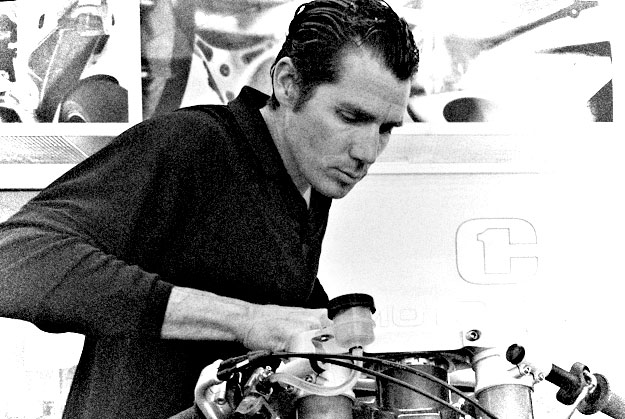
Are you optimistic for the future of motorcycling? Absolutely, but it’s going to take a lot of work to get it to the point where that future is realistically viable. The success of publications like this one and Hell For Leather proves that the interest is there among a new generation of rider, we just need to find the point where that interest and the products offered by the motorcycle industry intersect. Luckily, motorcycling can still draw talented, creative people who would likely experience considerably more financial success and a lot less frustration elsewhere, all because they really love riding. Guys like you and I just need to find a way to swap them for the maroons currently running motorcycling.
What is your current state of mind? I’m feeling guilty for procrastinating when I should be writing features for Hell For Leather. It seems all I do these days is sit in front of a computer and write. I’m really looking forward to reaching the point where I can step back from that a bit and ride bikes a bit more.
[Portraits of Wes Siler by Neil Bridge—whose website is well worth checking out.]
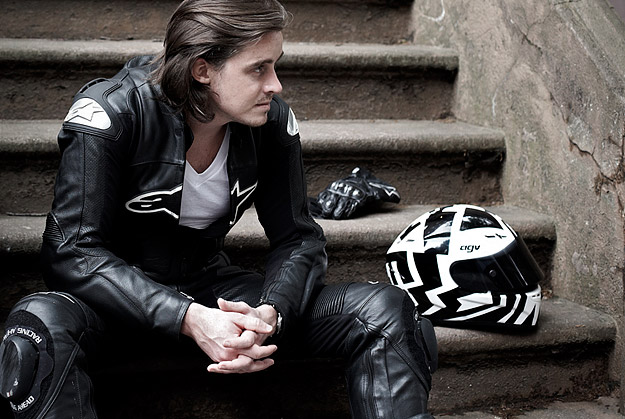








No comments:
Post a Comment